 This is a guest post by Ario Tamat. Ario worked in the digital music industry in Indonesia from 2003 to 2010, and currently works in the movie and TV industry in Vietnam. Keep up with him on Twitter at @barijoe or his blog on http://barijoe.wordpress.com
This is a guest post by Ario Tamat. Ario worked in the digital music industry in Indonesia from 2003 to 2010, and currently works in the movie and TV industry in Vietnam. Keep up with him on Twitter at @barijoe or his blog on http://barijoe.wordpress.com
After reading Aulia’s post, I felt that I needed to add to it with some more facts and insight, and throw in my own opinion about the much-discussed yet perceived-as-slow-to-develop state of the music industry’s move to the digital medium in Indonesia.
I have written extensively on where the industry should go – digital or otherwise – and fronted several tough questions around the RBT controversy, so I won’t revisit those issues.
Let’s get through some points in the article first:
- most of the music labels work directly with the telcos to provide music content; and some content providers either aggregate content for smaller music labels, or develop their own artist roster to further capitalize the business potential of RBT.
- The RBT service itself uses premium SMS to charge customers, because it’s the simplest way to do it. But the system itself differs than standard premium SMS services, because where usually premium SMS services have servers that sit at the content providers and route through the telco charging system, RBT systems are installed on the telco side.
- The long tail effect of large content or music libraries for RBT systems did not really work, because there was no efficient music discovery system. At the end of the day, music labels and/or content providers still relied on above-the-line advertising on radio, TV and print media to promote music, and thus emphasizing more sales on the hit songs. So again, RBT sales still relied on airplays, with TV being the most influential (thus supporting the propagation of music shows on television like Dahyat and Inbox).
- The music labels are currently still more cosy towards DRM or file protection, because essentially it is easier to control. The Indonesian market – and the Indonesian consumer – had never gone through a time where you could only play iTunes-purchased songs on iPod, and is much more used to illegal, unprotected music files. So if one file is released on a paid service, unprotected, most likely this file will be distributed to illegal networks in the blink of an eye, thus an exponential loss of sales. This will continue to happen until the industry figures out an interesting way to sway music consumers towards legal services without these restrictions.
- That said, Telkomsel has just recently launched Langit Musik Hits which is a Rp 1000/week all-you-can-eat service (with some fair-use policies in place, I think) which is non-DRM. Another music subscription service is Bakrie Telecom’s music service, which is also Rp 1000/week but tied to a client on the phone (in effect a DRM system), starting with the HP Esia Musicbox, after which the service was bundled into other Esia phones.
- At this point, Spotify has not confirmed where and when they will enter the Asian market, and Deezer would have the same problems Spotify will have if they enter Indonesia.
One of the major issues for me in the so-called digital music industry in Indonesia, is that the perception that now that RBT sales have collapsed, RBT is deemed an unwanted product and there needs to be a ‘next big thing’ to become the hopes and dreams of new revenue. I don’t think it will work that way.
Since 2009, local companies have been working to get a viable music download/streaming services in the market: names like Kapanlagi, Kongkoow (by IndosatM2), Souniq Music, Streamsation and other legal music services, albeit to limited success, even for the much-hyped Langitmusik (although I’m hoping the current incarnation will do much better).
The problem is, many of the ‘stores’ exist, but not many people either not know about them, or are simply not interested in paying for music. Like the trends increasingly show in the tech industry, the answer is not about switching revenue streams to something more lucrative, but it’s more about creating interconnected ecosystems of small components, that will create a great overall experience and enable various revenue streams.
The market is fragmented by music taste and available disposable income that might be allocated to music purchases, so various levels and services have to be created to these segments instead of trying to create an all-encompassing format, platform or medium and hoping everybody will pay for it. With better experience design, and better consumer targeting, music discovery and music sales can be optimized.
So the future of digital music is not only through social media, and not only through music apps developed for iOS or Android. There’s no “ultimate solution” that will work for artists and labels alike, but actually a different mix of content, promotion, music discovery and music sales for every artist, even for every song.
Developments in the internet industry (online and mobile) will ensure that a wide spread of possibilities will be available for the music industry – even including ‘traditional’ music holdouts like CD, or promotion through above-the-line media – it just needs people who can harness it properly.

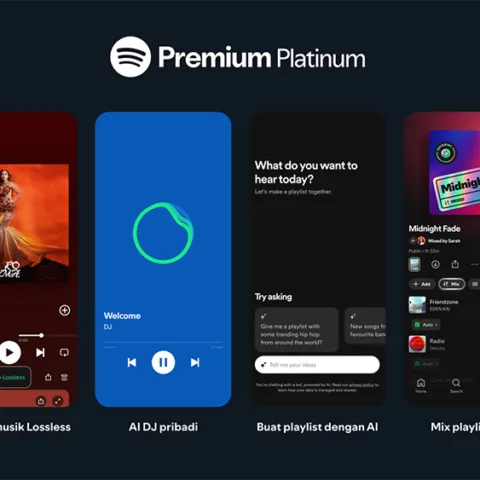
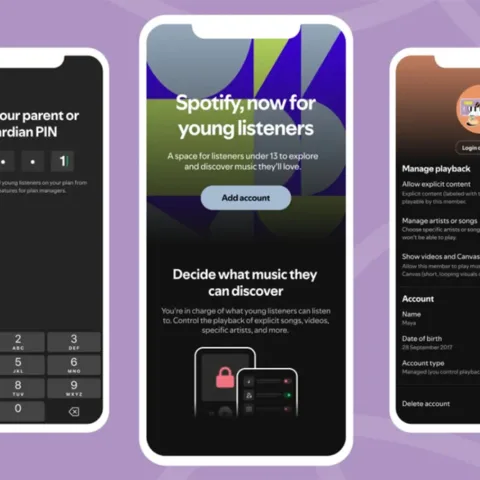
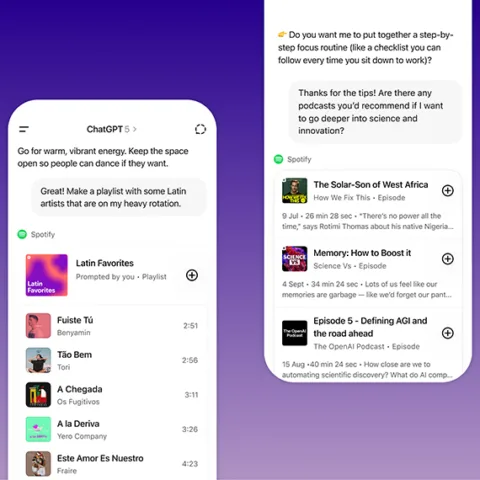
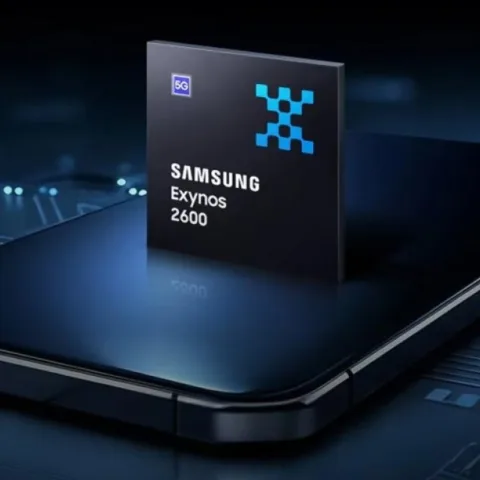
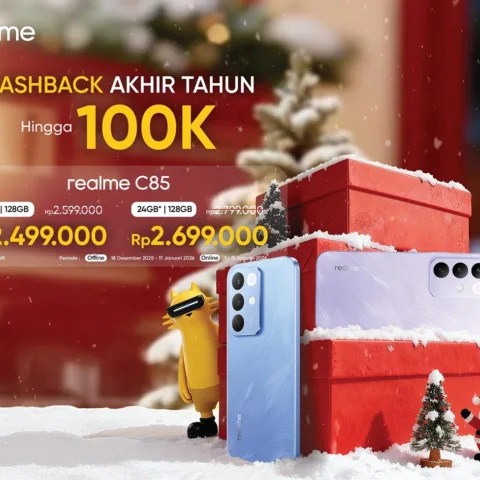

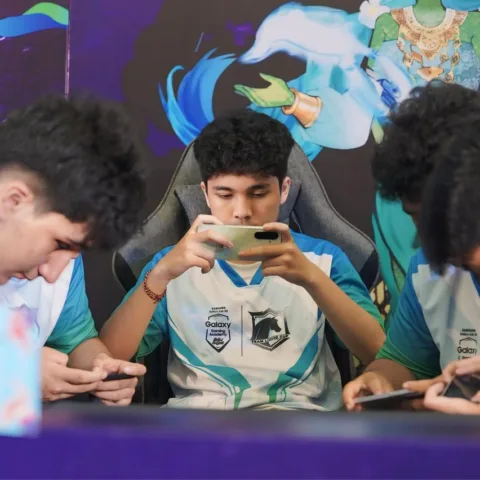
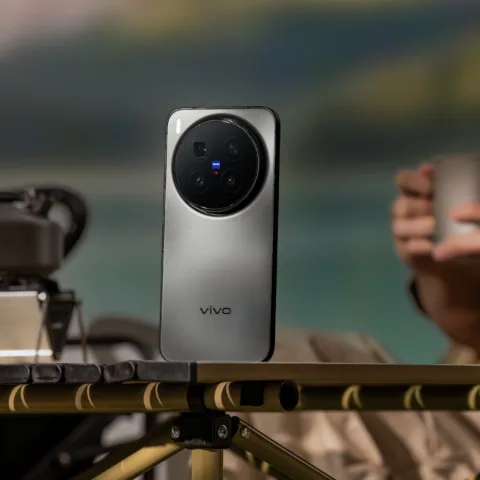
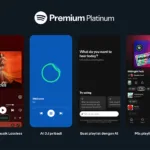
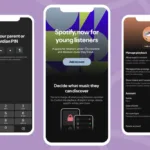
as always, Ario mentioned many good point.
the keywords are “Affordable” and “Simply understood”.
point taken!
yep, affordable and simple 🙂